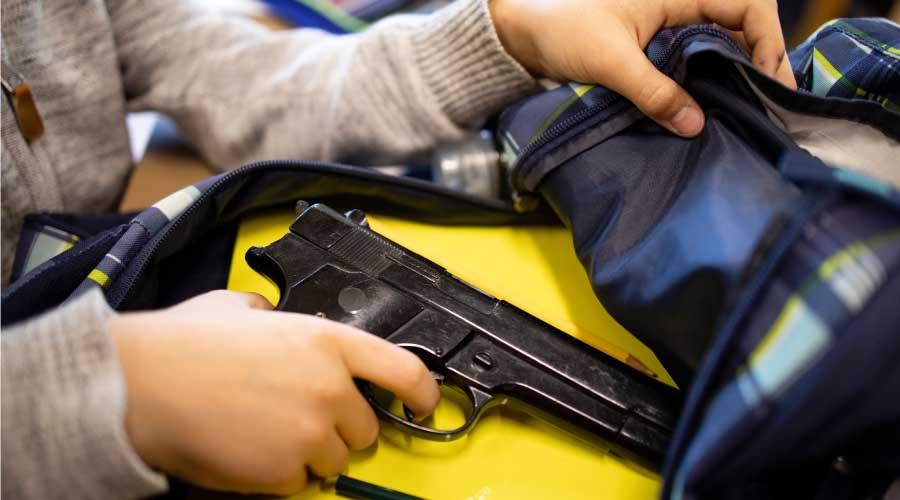A Brief History of Photoluminescent Marking
Some key dates in the history of pathway marking
1980s- Electrically powered pathway marking required on commercial aircraft by the Federal Aviation Administration (FAA).
1984 - Haunted House fire at Great Adventure Amusement Park kills eight. The Life Safety Code (NFPA 101) is subsequently modified to require directional exit marking in special amusement buildings.
1990 - Scandinavian Star cruise ship fire kills 158. The International Maritime Organization (IMO) passes a law in 1993 requiring pathway marking on all cruise ships and ferries by October 1997.
1993 - Bombing of World Trade Center kills six and injures more than 1,000. The bomb knocks out normal and emergency lighting, greatly complicating egress. The Port Authority of New York and New Jersey subsequently installs photoluminescent pathway marking in the stairs.
1997 - With the emergence of a brighter pigment, the FAA allows the use of photoluminescent pathway marking in addition to electrically powered systems on commercial aircraft.
1999 - Following a deadly train wreck, the American Public Transit Association releases guidelines for installing pathway marking on commuter trains by 2006.
1999 - Canadian National Research Council releases a study comparing evacuation of a high-rise building using photoluminescent pathway marking in some stairwells and traditional emergency lighting in others. Study finds that occupant egress speeds are comparable even though occupants were unfamiliar with pathway marking technology.
2000 - NFPA 101 is modified to include the use of photoluminescent exit signs.
2001 - September 11th attacks result in collapse of World Trade Center towers. Survivors report that the photoluminescent pathway marking assisted them in their escape. In the Pentagon, occupants report difficulty in escaping after Flight 77 slammed into the building. Reconstruction of the Pentagon includes the addition of photoluminescent pathway marking in corridors and stairwells.
2003 - The United Nations voluntarily installs photoluminescent pathway marking in corridors and stairwells of its New York City complex.
2004 - Citing the use of photoluminescent pathway marking on September 11th, New York City passes Local Law 26, which includes a requirement for photoluminescent pathway marking in all high-rise office building stairs by July 2006.
2007 - Canadian National Research Council releases a second study of evacuation of a high-rise building comparing photoluminescent pathway marking to traditional emergency lighting. Study suggests that photoluminescent pathway marking may be an acceptable alternative to emergency lighting.
2007 - New Zealand modifies its building code to allow the use of pathway marking or emergency lighting to identify the egress path.
2007 - The International Code Council (ICC) adopts a requirement for the 2009 International Building Code (IBC) for photoluminescent pathway marking in the stairwells of new high-rise buildings of most occupancy groups: assembly, business, education, institutional, mercantile and transient residential (hotels).
2008 - Proposal made to modify the 2009 IBC to require photoluminescent pathway marking in existing high rise buildings for the 2009 IBC.
2008 - Proposal made to modify the 2009 IBC to allow the building owner to choose between photoluminescent pathway marking or emergency lighting to identify the egress path.
2008 - Proposal made to provide guidelines for pathway marking in NFPA 101.
Related Topics:













